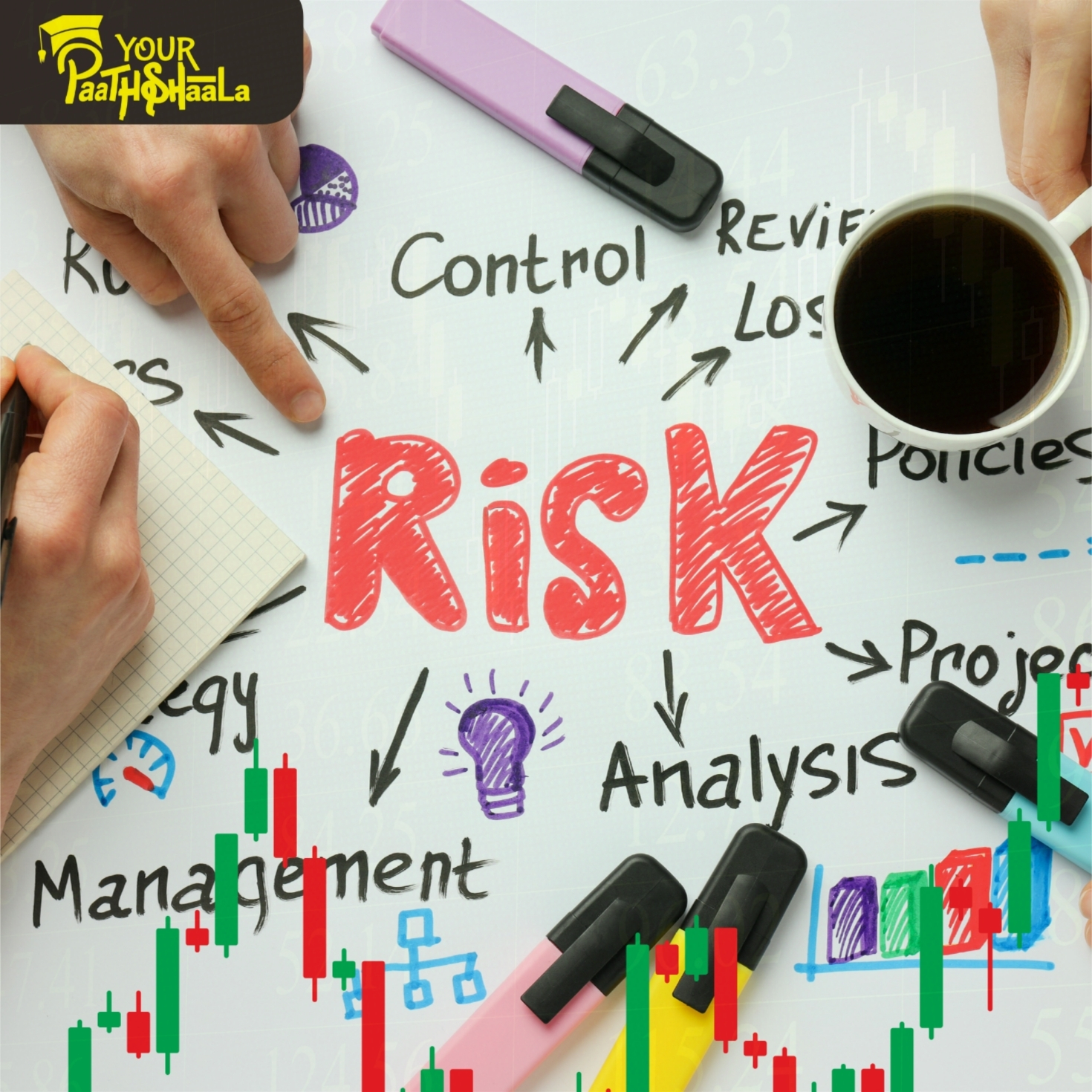Technology Impact on Markets: How Innovation Shapes Investing in 2025
Technology is reshaping the investment landscape, driving both opportunities and risks. As of September 18, 2025, e-commerce growth is disrupting traditional retail, automation is transforming job markets, and platform-based business models are creating winner-take-all dynamics. This 2000-word guide simplifies these trends with three core principles: companies that adapt to technology thrive, those that ignore change fall behind, and tech shifts create both risks and opportunities. Offering actionable insights for beginners and seasoned investors, this guide helps you navigate tech-driven markets. Ready to understand technology’s impact on investing? Let’s dive into the technology impact on markets.
What is the Technology Impact on Markets?
The technology impact on markets refers to how innovations like e-commerce, automation, and platform-based models influence industries, companies, and investment strategies. These shifts disrupt traditional sectors, create new growth areas, and alter risk profiles. With global tech spending reaching $4.7 trillion in 2024, per Gartner, and markets facing volatility (VIX at 18, per CBOE), understanding these dynamics is critical for building resilient portfolios in 2025’s fast-evolving financial landscape.
Key Strategies for Navigating Technology’s Impact on Markets
To succeed in tech-driven investing, focus on three key strategies: capitalizing on e-commerce growth, understanding automation’s effect on industries, and leveraging platform-based business opportunities while managing risks. Below, we explore each in detail.
1. Capitalizing on E-commerce Growth: Disrupting Traditional Retail
E-commerce growth, with global online sales hitting $6 trillion in 2024, per Statista, is reshaping retail by shifting consumer behavior online. Companies like Amazon thrive, while traditional retailers struggle unless they adapt. This creates opportunities in e-commerce-focused investments.
How to Capitalize on E-commerce Growth
Invest in e-commerce leaders or ETFs like ONLN (ProShares Online Retail) for direct exposure.
Research companies adapting to online trends, like Walmart, via platforms like Yahoo Finance.
Monitor e-commerce adoption rates in emerging markets for growth signals.
Diversify across e-commerce and stable sectors like consumer staples (XLP) to balance risks.
E-commerce offers high growth but faces competition risks, so focus on adaptable companies.
2. Understanding Automation: Transforming the Future of Jobs
Automation, driven by AI and robotics, is reshaping industries by reducing labor costs but disrupting job markets. For example, manufacturing automation grew 15% in 2024, per McKinsey, boosting firms like Rockwell Automation while challenging labor-heavy sectors.
How to Invest in Automation
Allocate to ETFs like BOTZ (Global X Robotics & AI) or ROBO (Robo Global Robotics).
Research automation leaders like Tesla or Siemens for direct investments.
Track automation adoption in industries like logistics or healthcare for opportunities.
Diversify across automation-driven sectors and stable assets like bonds (BND) to mitigate job displacement risks.
Automation drives efficiency but risks sector-specific volatility, so pair with diversified investments.
3. Leveraging Platform-Based Business Models: Winner-Take-All Dynamics
Platform-based models, like those of Google or Uber, create winner-take-all dynamics by dominating markets through network effects. These platforms accounted for 30% of S&P 500 market cap in 2024, per Bloomberg, offering high returns but concentrated risks.
How to Leverage Platform-Based Models
Invest in platform leaders or ETFs like FDN (First Trust Internet Index) for exposure.
Research network effect strength using platforms like Morningstar or PitchBook.
Monitor regulatory risks, such as antitrust actions, impacting platform giants.
Diversify across platform-based firms and traditional sectors like utilities (XLU) to balance risks.
Platforms offer growth but face regulatory scrutiny, so diversify to manage concentration risks.
Risks and Challenges in Tech-Driven Investing
Investing in tech-driven markets offers opportunities but comes with challenges:
Market Volatility: Tech stocks are sensitive to swings (VIX at 18, per CBOE).
Regulatory Risks: Antitrust or privacy laws can impact e-commerce and platforms.
Disruption Risks: Rapid innovation can render companies obsolete.
Economic Pressures: Inflation (3.5% CPI in 2024, per FRED) affects tech spending.
To mitigate risks, diversify across sectors, monitor regulations, and use reliable data. Professional guidance can optimize execution.
Tools and Resources for Tech-Driven Investing
To excel in tech-driven investing, leverage these tools:
Analytics Platforms: Use Bloomberg Terminal, PitchBook, or Statista for tech trend data.
Investment Platforms: Access ETFs via Vanguard or Fidelity for tech-focused portfolios.
Industry Reports: Leverage Gartner or McKinsey for e-commerce and automation insights.
Educational Resources: YourPaathshaala offers practical lessons and free demo classes.
These tools, paired with disciplined research, can enhance your tech-driven investing strategy.
Why Technology Impact on Markets Matters in 2025
As of September 18, 2025, technology’s impact on markets is undeniable. Tech-driven companies grew 20% faster than the broader market in 2024, per Morningstar, while traditional retailers lagged by 10%, per Bloomberg. With economic pressures (3.5% CPI, per FRED) and market volatility (VIX at 18, per CBOE), understanding e-commerce, automation, and platform dynamics is essential for capturing growth and managing risks in 2025’s markets.
Getting Started with Technology Impact on Markets
Ready to navigate tech-driven markets for smarter investing? Follow these steps:
- Learn Tech Trends: Study e-commerce, automation, and platform-based models.
- Choose a Platform: Select a broker with tech ETFs and analytics tools.
- Start Small: Test strategies with a small, diversified tech-focused portfolio.
- Diversify: Spread investments across tech sectors and stable assets like bonds.
- Seek Education: Join YourPaathshaala’s free demo classes for practical lessons, located near Anjali Children Hospital, Tagore Nagar, Mathpurena, Raipur, Chhattisgarh, PIN code: 492001.
Conclusion
The technology impact on markets—through e-commerce growth, automation, and platform-based business models—shapes investing in 2025 by creating opportunities and risks. By following simple principles—adaptable companies thrive, those ignoring change fall behind, and tech shifts offer both risks and rewards—you can build resilient portfolios. Despite challenges like volatility or regulatory risks, diversified strategies and reliable tools can lead to success. Explore these concepts with YourPaathshaala’s clear, practical lessons and free demo classes to address your doubts.
Visit YourPaathshaala
Near 🏥 Anjali Children Hospital, Tagore Nagar, Mathpurena, Raipur.
📫 PIN code: 492001, Chhattisgarh
📞 Click the Call Now to contact us!






